How Does the Catalytic Converter Reduce Emissions?
Highlights:
- Catalytic converters convert harmful exhaust gases into less toxic emissions before leaving the tailpipe.
- These devices use precious metal catalysts like platinum, palladium, and rhodium to trigger chemical reactions.
- Properly functioning converters reduce hydrocarbons, carbon monoxide, and nitrogen oxides by up to 98%.
- Regular maintenance helps prevent clogging, overheating, and performance loss.
- TLS Auto Specialist in Euless, TX provides professional exhaust diagnostics and catalytic converter services.
Understanding the Role of the Catalytic Converter
A catalytic converter is a key component in your vehicle’s emissions control system. Installed between the engine and the muffler, it serves as a high-efficiency filter for exhaust gases. When fuel burns in an engine, it produces byproducts like carbon monoxide (CO), hydrocarbons (HC), and nitrogen oxides (NO), which contribute to smog and air pollution. The converter’s job is to transform these gases into safer compounds such as carbon dioxide, nitrogen, and water vapor before they exit the tailpipe.
How Catalytic Converters Work
Inside every catalytic converter is a honeycomb structure coated with rare metals—typically platinum, palladium, and rhodium. These act as catalysts, meaning they speed up chemical reactions without being consumed in the process. When hot exhaust gases pass through the converter, two main reactions occur: oxidation and reduction. Oxidation breaks down hydrocarbons and carbon monoxide, while reduction removes nitrogen oxides by separating nitrogen and oxygen molecules. According to the EPA, new cars, SUVs and pickup trucks are roughly 99 percent cleaner for common tailpipe pollutants – including hydrocarbons, carbon monoxide, nitrogen oxides and particle emissions – compared to 1970 vehicle models.
The Science Behind Emission Conversion
During oxidation, the converter transforms carbon monoxide (a poisonous gas) into carbon dioxide, while hydrocarbons are converted into water and carbon dioxide. In the reduction phase, nitrogen oxides—responsible for smog and acid rain—are split apart into nitrogen and oxygen. The balance between these two reactions requires precise air-fuel ratios and steady exhaust temperatures. Modern vehicles rely on oxygen sensors to monitor and adjust combustion conditions to keep the catalytic converter performing efficiently. According to ResearchGate, the metal catalysts inside the converter must reach a light-off temperature of approximately 200 C to 225 C (392 F to 437 F) before they can begin effectively converting harmful gases into less toxic emissions.
FAQ #1: Common Questions About Catalytic Converters
What happens if my catalytic converter fails?
A failing converter can cause poor engine performance, increased fuel use, and the “Check Engine” light to turn on.
Can I drive with a bad catalytic converter?
You can, but it’s not recommended. A bad converter may cause engine misfires and contribute to harmful emissions.
What causes catalytic converter failure?
Oil leaks, coolant contamination, or running rich fuel mixtures can cause clogging or overheating inside the converter.
Types of Catalytic Converters
There are three main types of catalytic converters: two-way, three-way, and diesel oxidation catalysts. Two-way converters, used in older vehicles, only manage carbon monoxide and hydrocarbons. Three-way converters, now standard in most gasoline vehicles, handle all three pollutants—CO, HC, and NO—through both oxidation and reduction reactions. Diesel vehicles, on the other hand, use specialized converters designed to handle soot and particulate matter. According to Harvard University, directing exhaust fumes through a catalyst-coated housing can remove up to 98 % of pollutants from the exhaust stream of internal-combustion engines.
Maintaining Optimal Converter Performance
Proper maintenance is essential for long-lasting catalytic converter performance. Routine tune-ups, fuel system cleanings, and addressing engine issues early help prevent premature failure. Misfiring spark plugs or a malfunctioning oxygen sensor can cause unburned fuel to enter the exhaust system, leading to overheating or melting of the converter’s internal honeycomb. Mechanics at TLS Auto Specialist in Euless, TX recommend regular inspections to check for signs of restriction or physical damage that can reduce efficiency. Keeping your engine running clean is the best defense against costly converter replacement.
Environmental Importance of Catalytic Converters
Catalytic converters have dramatically reduced vehicle emissions since their introduction in the 1970s. Over time, advancements in catalyst materials, sensor feedback, and exhaust design have made them far more efficient and durable than early models. By breaking down harmful compounds, converters not only improve local air quality but also help combat climate-related challenges. Even hybrid and electric vehicles rely on similar emission-control technologies when using auxiliary combustion engines for power generation or extended range.
FAQ #2: Maintenance and Replacement Questions
How long should a catalytic converter last?
Most converters last between 70,000 and 100,000 miles with proper engine maintenance.
What are the signs my catalytic converter needs replacement?
Look for decreased acceleration, rattling noises, or dark exhaust smoke.
Can a catalytic converter be cleaned instead of replaced?
In some cases, professional cleaning can restore partial efficiency, but a severely damaged converter must be replaced.
The Impact of a Failing Converter on Vehicle Performance
A failing catalytic converter can cause more than just pollution—it can affect how your vehicle drives. Restricted exhaust flow leads to poor acceleration, reduced fuel economy, and even engine stalling. In severe cases, a clogged converter creates excessive back pressure, which can damage the exhaust valves or manifold. Replacing a damaged converter is not just about passing emissions tests; it’s about protecting your entire engine system. Regular inspections can identify developing issues before they cause major repair bills.
Modern Converter Technology
Today’s converters feature advanced designs to meet stricter global emissions standards. Ceramic or metallic substrates, combined with optimized washcoat layers, increase surface area and reaction speed. Many modern vehicles include dual converters—one near the engine and another downstream—to handle cold-start emissions and maintain performance across varying loads. These improvements allow for faster light-off times and reduced emissions even under short-trip driving conditions. For environmentally conscious drivers, maintaining a clean exhaust system is an essential part of sustainable vehicle ownership.
FAQ #3: Technical and Legal Questions
Are aftermarket catalytic converters legal?
Yes, but they must be certified by the EPA or CARB to meet emissions standards.
Why are catalytic converters often targeted by thieves?
They contain valuable metals like platinum and rhodium, which are worth hundreds of dollars per ounce.
What should I do if my catalytic converter is stolen?
Report it to the police and contact a certified mechanic to install a compliant replacement.
The Importance of Professional Service
Because catalytic converters are complex and sensitive, professional service is crucial. Certified technicians can use diagnostic tools to measure exhaust flow, check sensor readings, and ensure the converter is operating within proper temperature ranges. If your vehicle fails an emissions test or triggers a converter-related trouble code, it’s time to consult an expert. TLS Auto Specialist in Euless, TX offers comprehensive exhaust and emissions inspections, ensuring your vehicle stays compliant, efficient, and environmentally friendly.
Catalytic converters represent one of the most significant innovations in automotive engineering. By transforming harmful gases into safer emissions, they make driving cleaner and healthier for everyone. Proper care, regular inspections, and prompt repairs not only protect your converter but also your engine and the environment. When you maintain your vehicle’s exhaust system, you’re investing in both performance and sustainability. For professional catalytic converter diagnostics and repair in Euless, TX, trust the experts at TLS Auto Specialist to keep your car running clean and safe.
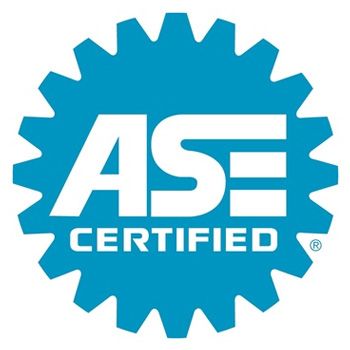

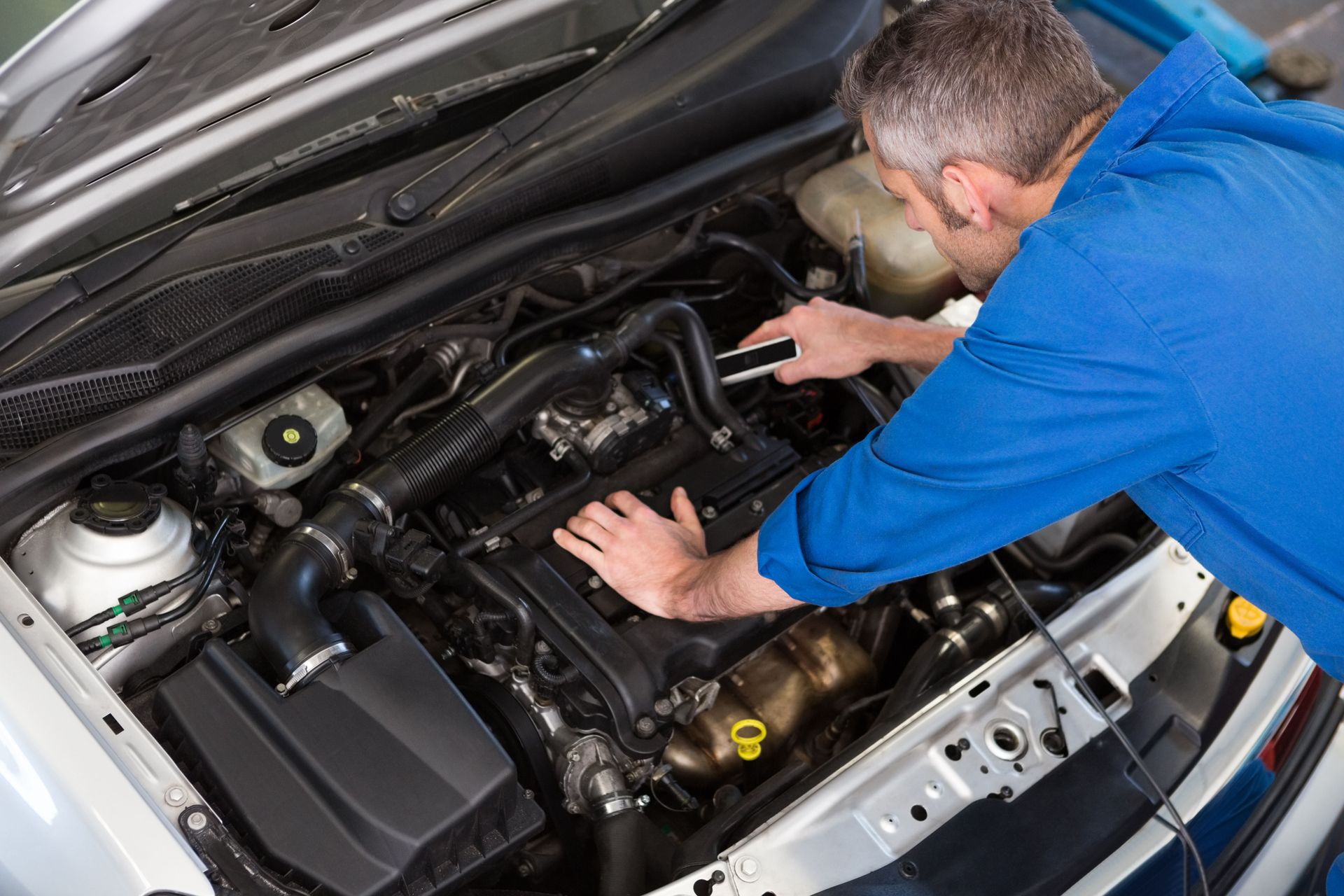
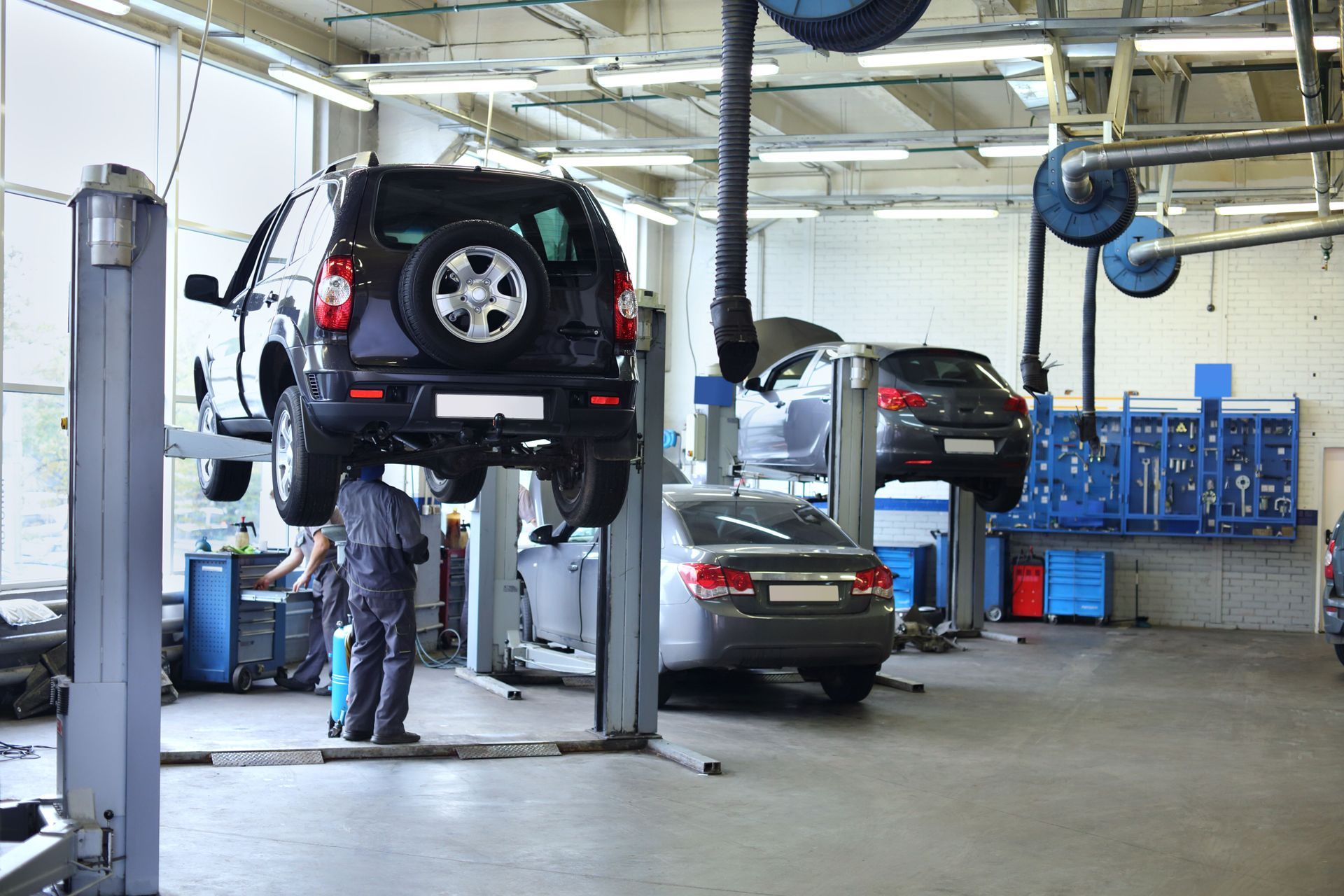




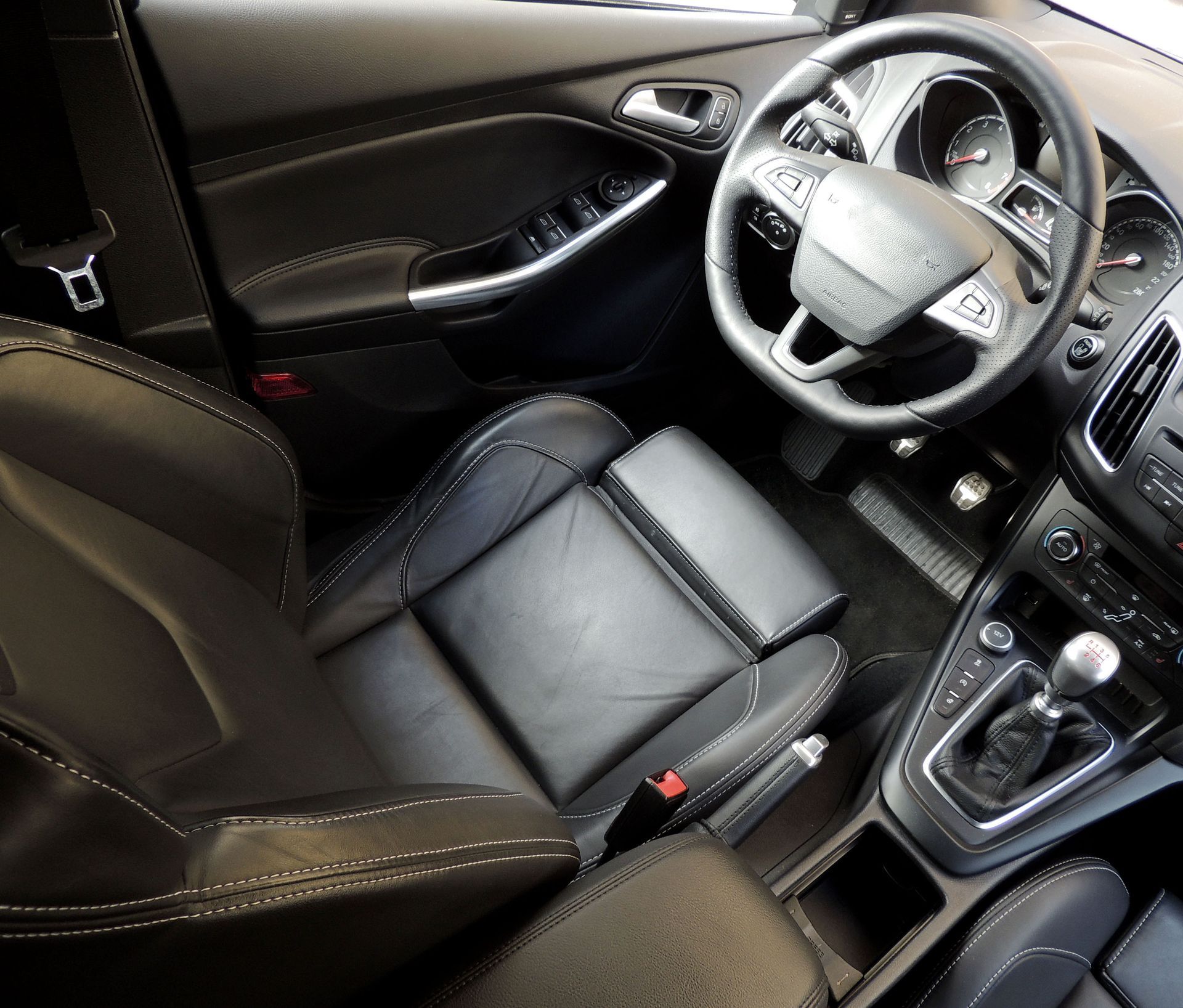
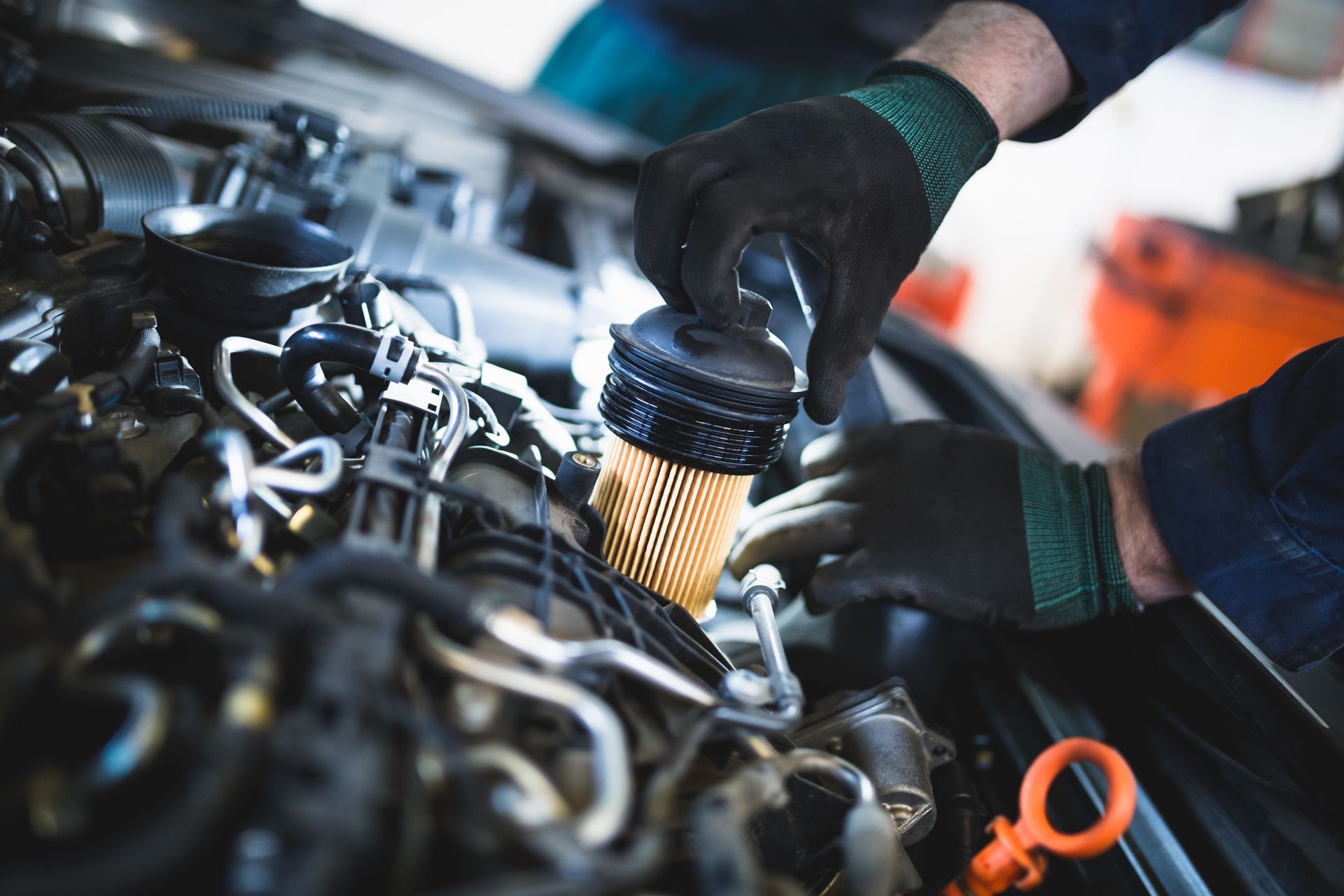

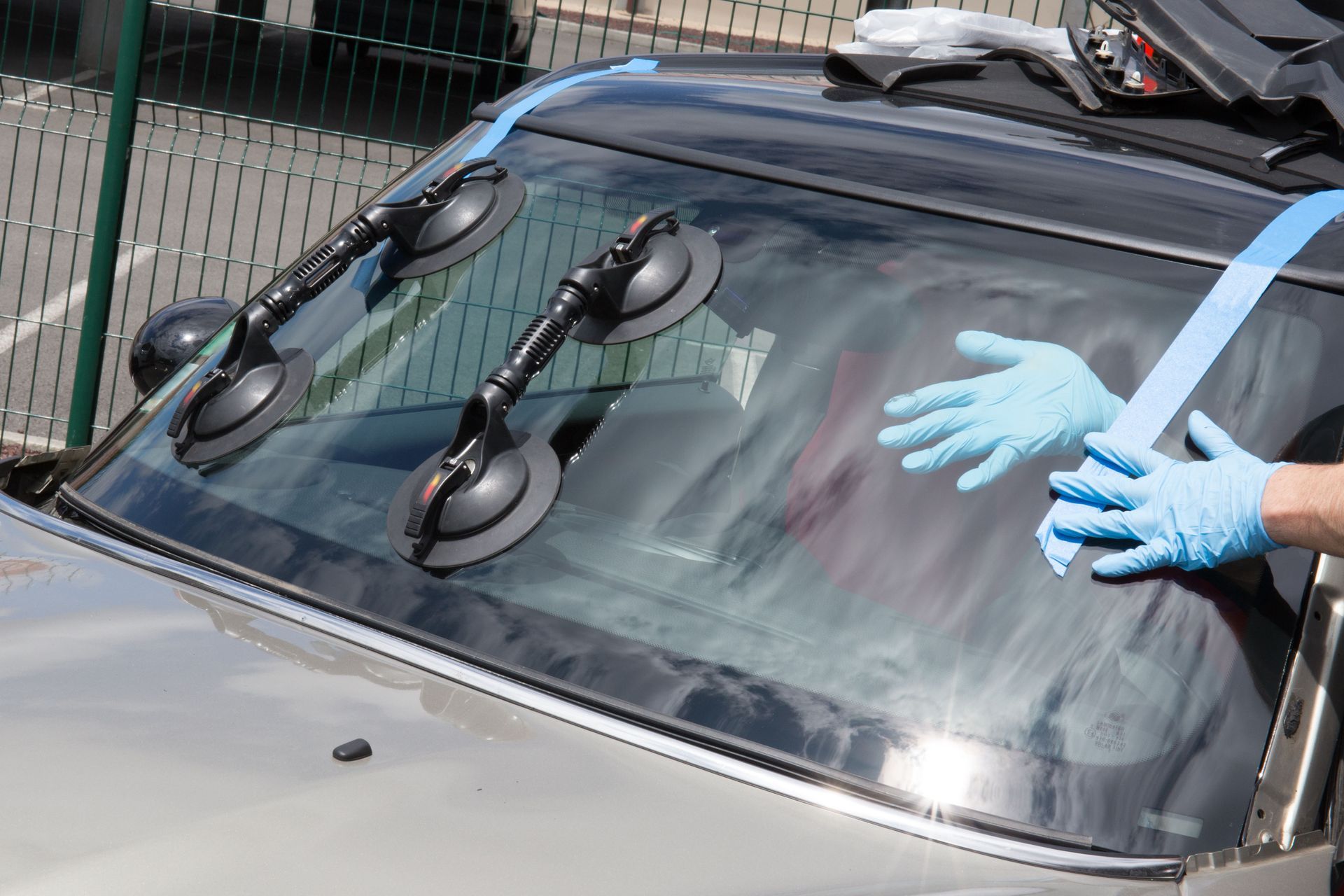
Share On: